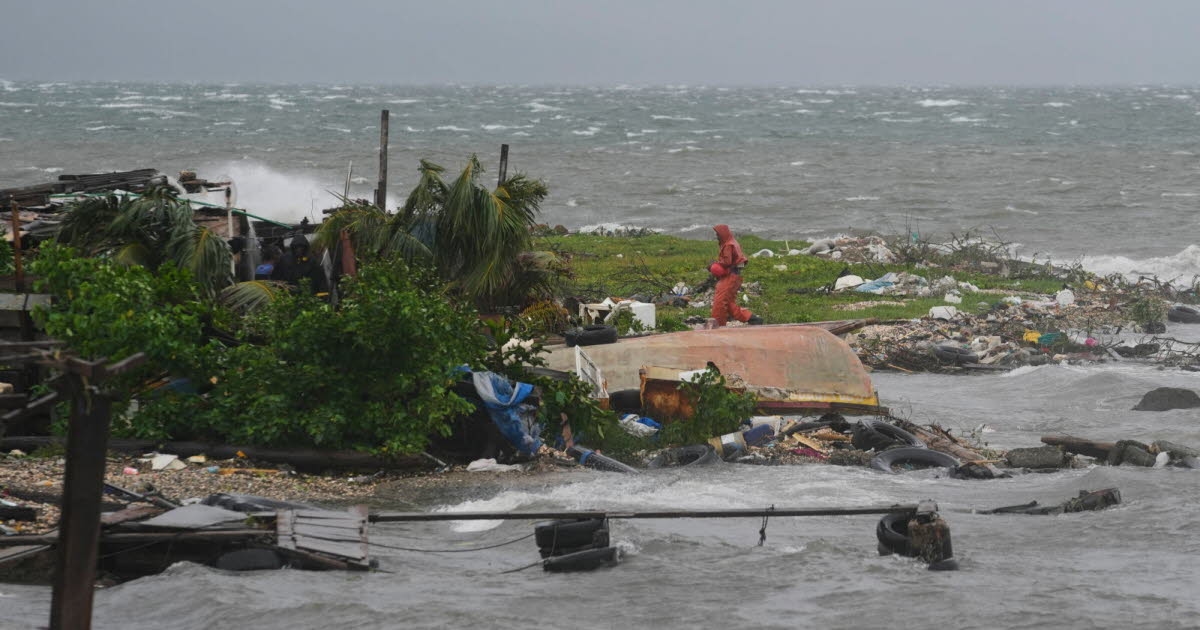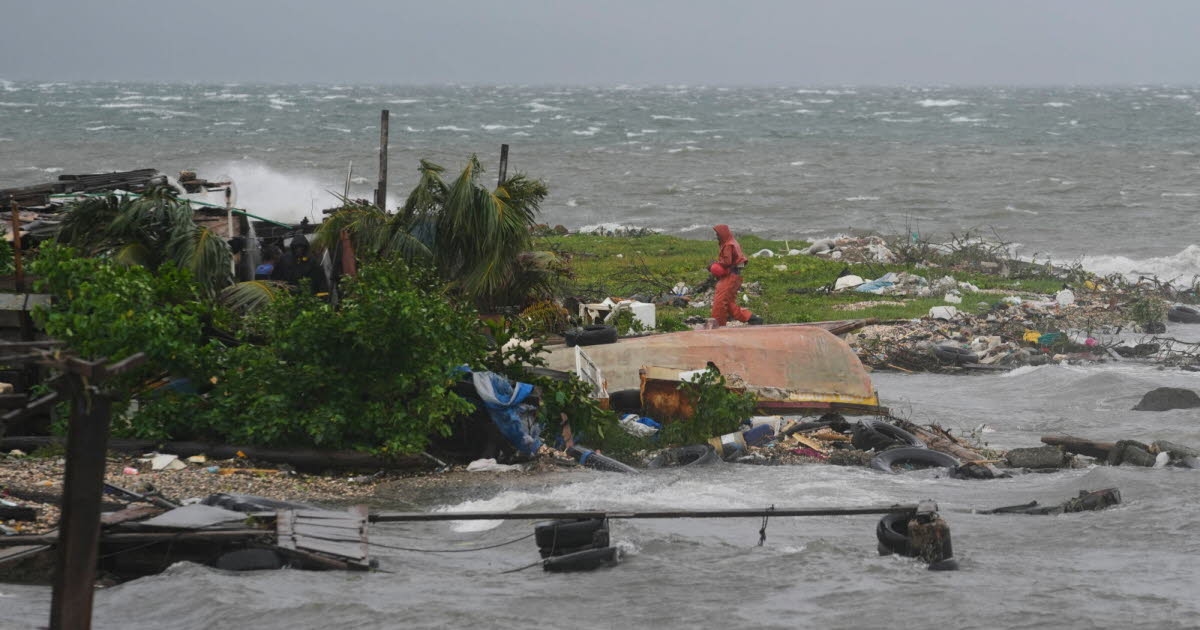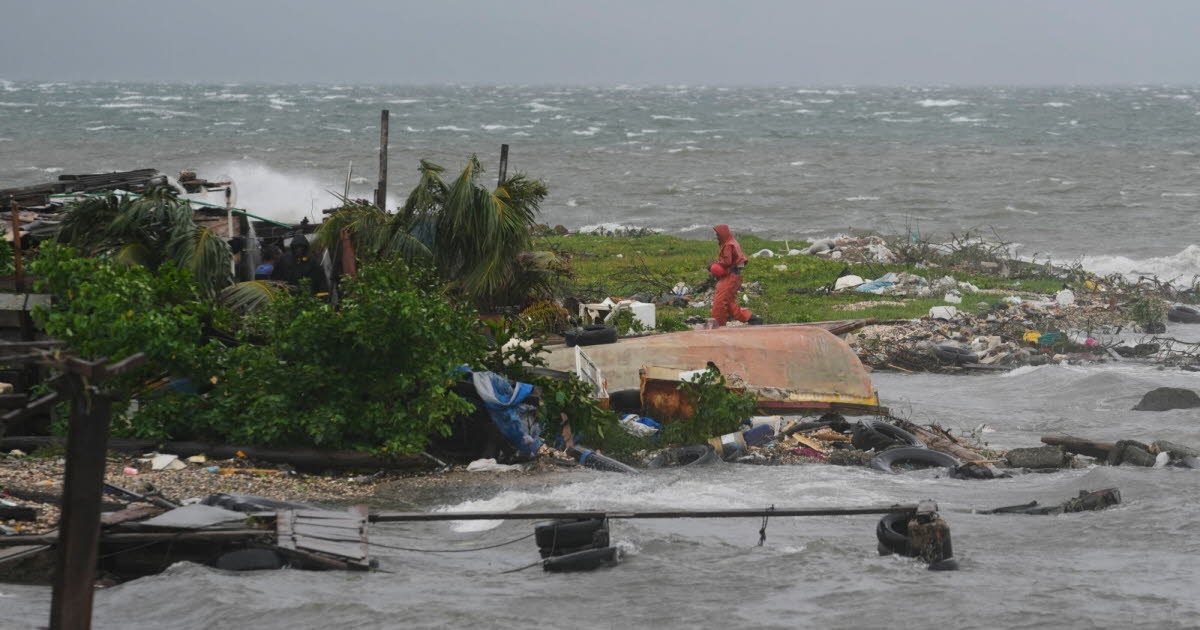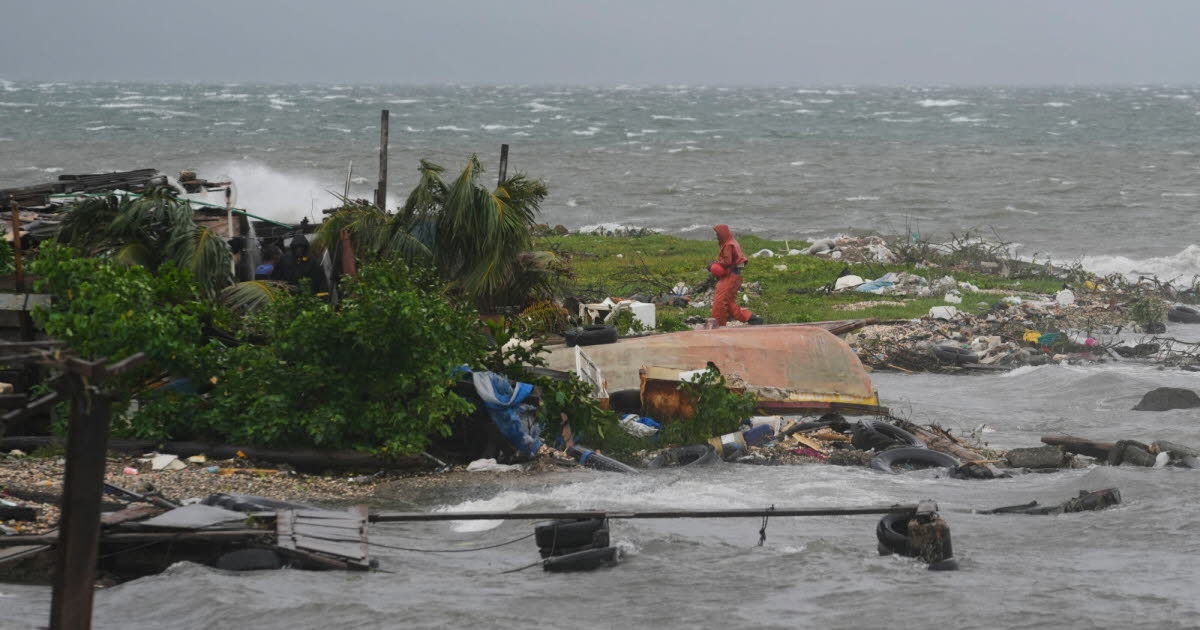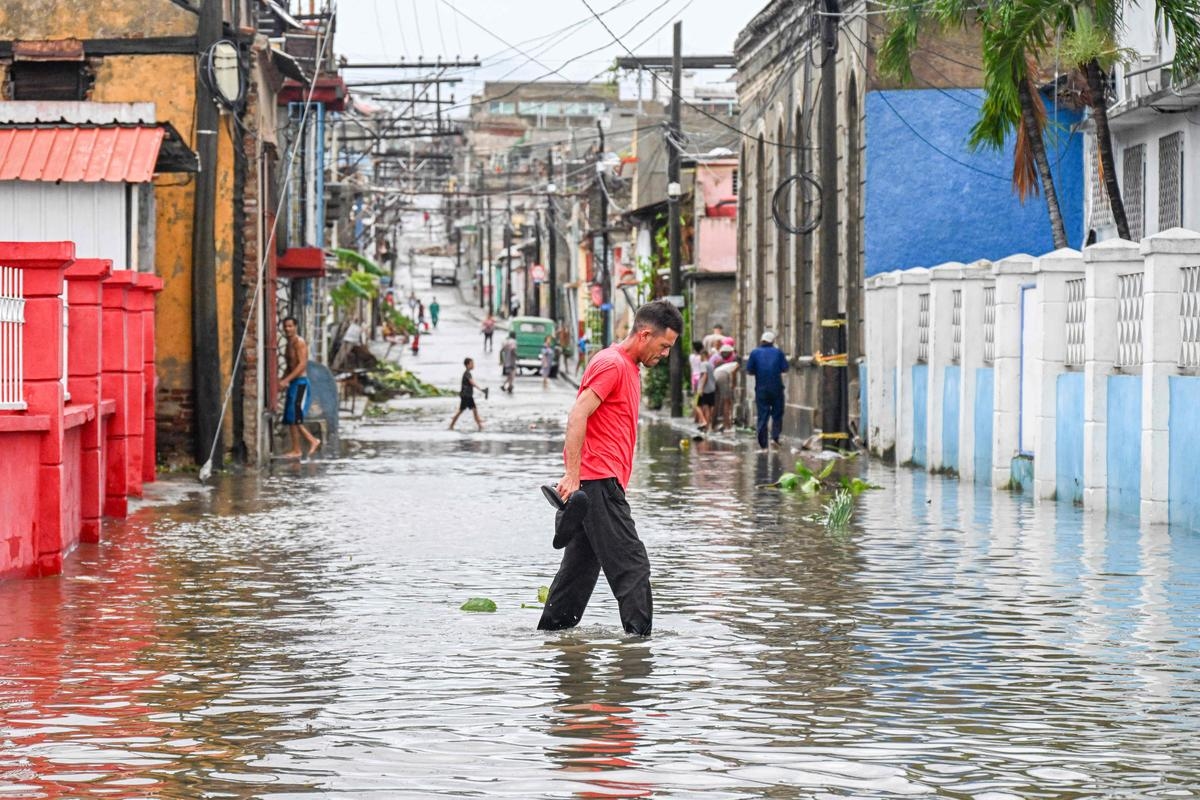Historic figures from Hurricane Melissa: "We broke the world record for wind speed"
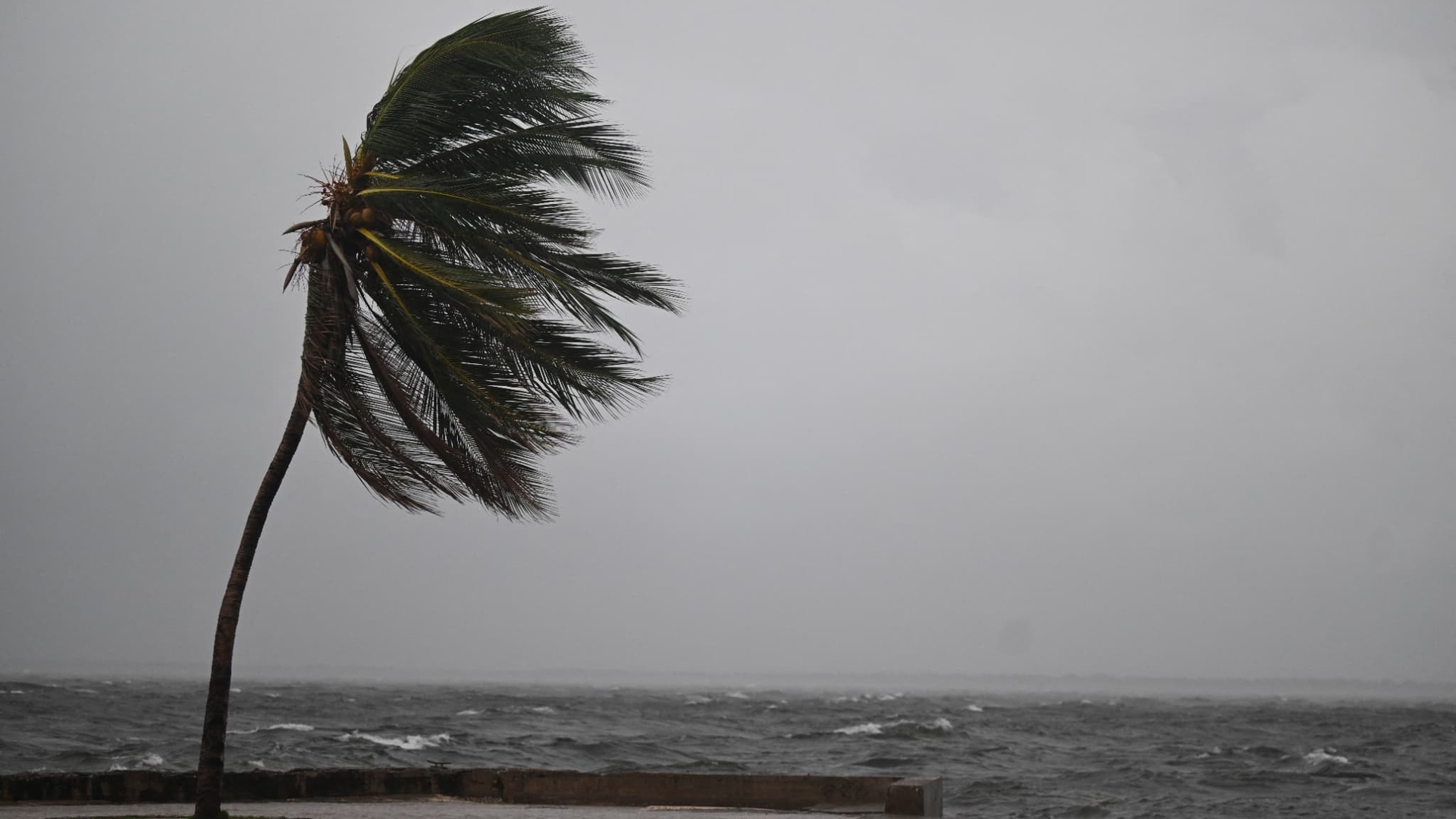
Hurricane Melissa , downgraded to a Category 3 storm, made landfall on the island of Cuba on Wednesday, displacing hundreds of thousands of residents, after leaving half a million people without power in Jamaica, a "disaster area." The storm is fluctuating between Category 3 and 5, the highest category on the Saffir-Simpson scale, with winds still exceeding 200 kilometers per hour on Wednesday, according to the US National Hurricane Center (NHC).
"For Jamaica, we reached 405 km/h at 216 meters. This is the wind speed measured by a probe dropped from a hurricane hunter plane. It's a world record: we broke this record with Hurricane Melissa," says Gaël Musquet, meteorologist and specialist in natural disasters, on RMC .
From a storm to a hurricane in no time, "we're unfortunately going to have to get used to it," warns Gaël Musquet.
You have to go back to Typhoon Mawar (2023) to find a storm of such intensity in terms of wind speed (298 km/h) and pressure (892 millibars). This hurricane is also the most powerful ever to hit Jamaica since meteorological records began.
When it struck Jamaica on Tuesday, Melissa tied the 1935 record for the most intense hurricane at landfall, according to an AFP analysis of meteorological data from the US National Oceanic and Atmospheric Administration (NOAA). That record had been held for 90 years by Hurricane Labor Day, which devastated the Florida Keys in 1935 with winds also approaching 300 km/h and an atmospheric pressure of 892 millibars.
From a tropical storm with winds gusting just over 110 kilometers per hour, Melissa was classified as a Category 4 hurricane within 24 hours, with winds of 225 km/h. It then strengthened further to Category 5, the highest level on the Saffir-Simpson scale. These very rapid changes, "these are things we will unfortunately have to get used to," warns Gaël Musquet. Climate change is certainly a contributing factor.
"Taken as a whole, this could very well be a marker of climate change," Kerry Emanuel, a meteorologist and climatologist at MIT, told AFP. "This atmospheric warming tends to reduce intensity, and the warming of sea surface temperature tends to increase intensity," David Gilford, a scientist at the non-profit organization Climate Central, explained to the same source. Generally, "sea surface temperature is the dominant factor" in determining storm strength.
"A hurricane is a natural phenomenon that helps cool the ocean. All the energy, all the heat pumped by the hurricane into the water, which is over 30 degrees Celsius, causes the ocean temperature to drop by 3, 4, sometimes 5 degrees once it has passed. We can lose 5 degrees. It's good for ecosystems to have these natural phenomena that cool the ocean," explains Gaël Musquet. "Unfortunately, humans have built along the path of hurricanes, which kill, injure, and destroy," he continues.
Melissa passed over waters 1.4°C warmer due to climate change, according to an initial analysis by Climate Central – temperatures made at least 500 times more likely by human-caused warming.
RMC

